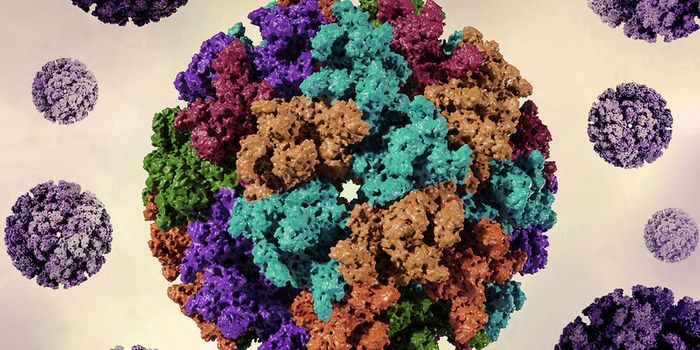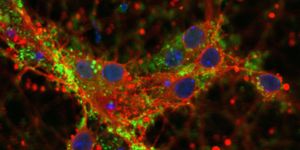Understanding How Lyme Disease Persists in the Body
Lyme disease is a confounding illness that can be difficult to diagnose, and can cause a wide range of serious health problems. It starts with a fever, chills, headache, and possibly, a rash and can progress to pain, cognitive problems, and arthritis, among other symptoms. It's thought to be the most common tick-borne disease in the United States; it's caused by a bacterium transmitted by tick bites, called Borrelia burgdorferi. The Centers for Disease Control and Prevention estimates that as many as 300,000 cases occur in the United States every year.
Researchers have now made progress in our understanding of Lyme disease, which may help create treatments or a vaccine. Scientists at Washington State University (WSU) have spent years learning about the Lyme disease-causing bacterium. A protein made by the bacterium, arthritis-related protein (Arp), stimulates an immune response but the immune system fails to stop the infection. The Arp protein has also been linked to the development of arthritis.
In this study, the researchers have shown that a surface protein called VlsE can shield the microbe from the immune system (it can constantly alter its epitope).
"This really has a significant impact in the development of vaccines," said study coauthor Troy Bankhead, associate professor in WSU's Veterinary Microbiology and Pathology department. "If we can determine which proteins are shielded as opposed to which ones are not then, of course, those that are not protected are going to be better candidates for a vaccine."
"We chose the arthritis-related protein because arthritis is the most common symptom you see in North America," added study co-author and assistant research professor Abdul Lone.
The scientists engineered a strain of the Lyme-causing microbe that lacked the VlsE protein. After exposing mice to this strain, the researchers found that the animals could clear the infection from the bodies more easily. They used fluorescence microscopy to observe the antibody response to the Borrelia microbes. If the VlsE protein was present, antibodies were not able to bind to the arthritis-related protein, but when the VlsE protein was gone, antibodies could identify the arthritis-related protein, and bind to it. The researchers concluded that VlsE can prevent Arp-specific antibodies from binding.
"When you don't have VlsE, those bacteria light up [fluorescently] and that is because those antibodies are able to bind and recognize that arthritis-related protein in the absence of that VlsE shield," Bankhead said. "That's exactly what we were seeing."
Bankhead noted that while we don't know whether VlsE can shield other proteins, it's likely. This research could help aid in the development of a treatment or vaccine. It may be possible to remove the VlsE shield or eliminate it from the bacterium.
"HIV/AIDS persists for years in human beings. The same thing happens with Borrelia; it persists," Lone said. "While this finding tells us a lot about Borrelia, our next step is to understand how it persists. Once we understand the mechanism of persistence, we can eliminate the disease."
Sources: AAAS/Eurekalert! via Washington State University, Cell Reports








